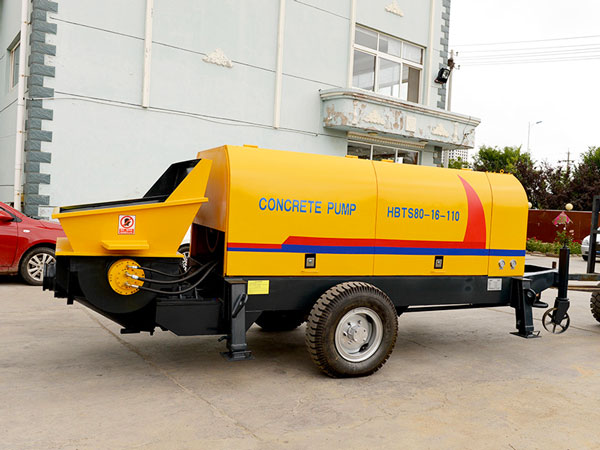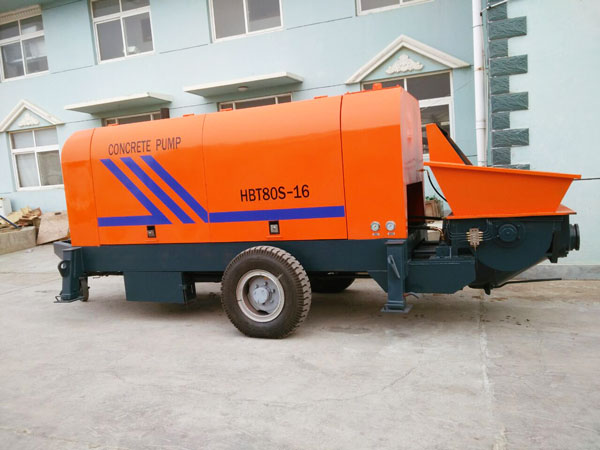There are two major types of concrete pumps: mobile and stationary concrete pumps. Stationary concrete pumps are typically used in built-up areas with big projects, where the pump doesn’t have to be moved to another place for a long period. Even for these kinds of projects, there’s an increase in popularity for the usage of mobile concrete mixing pumps.
How to classify mobile and stationary pump

When it comes to positioning concrete pumps, there’s a wide range of complexities considered. Not only can the area requirements be of relatively great size, but the setup time can also be an issue. Trailer-mounted, mobile concrete pumps can be much easier and convenient to move from one place to another. Therefore, they may assist the contractors in accessing them anytime while minding the weight restrictions associated with tougher sites. The position of the machinery must be cautiously planned in some construction sites, and it might also require to be changed as the project continues; a common thing in high-rise projects.
What’s more, trailer-mounted concrete pumps may come with booms attached to them, which can be adjusted to ensure accurate pouring. Typically, the booms might cover significantly greater distances – sometimes greater than 350m – with greater vertical reach as well. These pumps have a variety of flow rates, with the smaller pumps providing around 15m3 an hour. Larger pumps, however, can pour an estimated 120m3 every hour. On the other hand, stationary concrete pump for sale might pour relatively more concrete. However, the possible lack of mobility indicates that the overall efficiency could be better when using mobile pumps throughout the entire project.

Characteristics of static concrete pumps
Stationary placing booms are used in static concrete pumps. A powered (diesel or electrical) pump will usually push the entire concrete out within the specified target area. In static pumps, the setup time is longer, but the pour time is often faster. In case you have a relatively predictable area to cover, and the layout of the site indicates it’s possible to access the entire area all at once, a static pump could be an excellent option to use.
Stationary pumps are the most suitable choice when it comes to large structures because you can set the booms and the pouring can be done quickly. As a result, it reduces the time used with a crane and also makes the construction site easier and safer for workers to navigate through. On the other hand, small-scale concrete pumps are surely an ideal option for smaller construction sites, where there’s an issue in access. Additionally, you will need the flexibility and the ability to quickly and properly set up a pump, cover the target area, and then move the gear.
Both stationary and mobile concrete pumping systems have a role to play in the field of construction, and they are all designed for implementation in heavy-duty projects. In the long run, your project managers and site manager will be the best people to make the final decision, depending on the labor and equipment requirements of your specific site. They’re all user-friendly and can obtain clean, targeted concrete pouring. To gain more insight, you can consult your equipment vendor and discuss your project’s actual requirements.